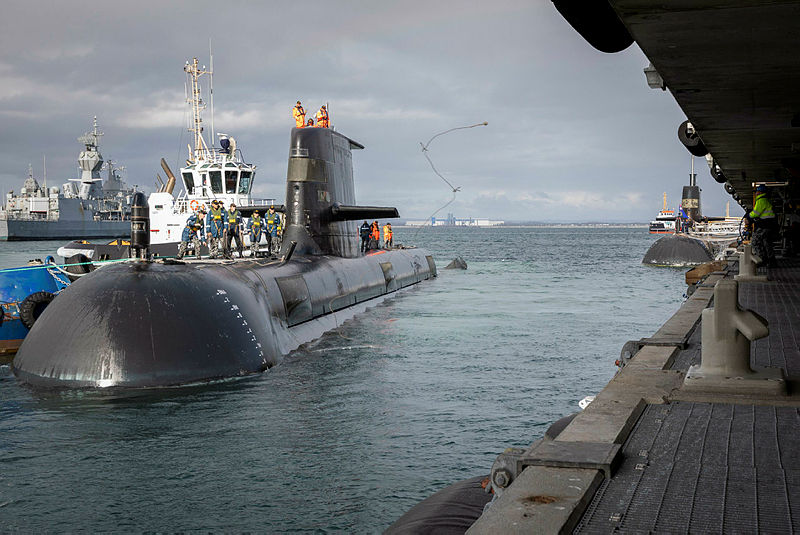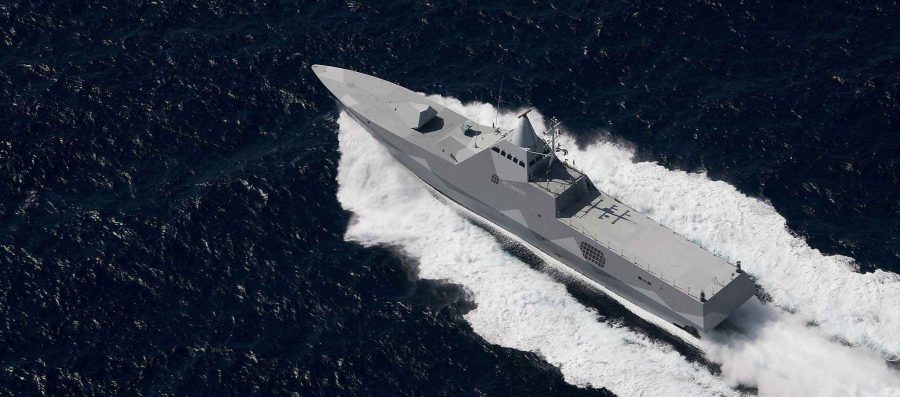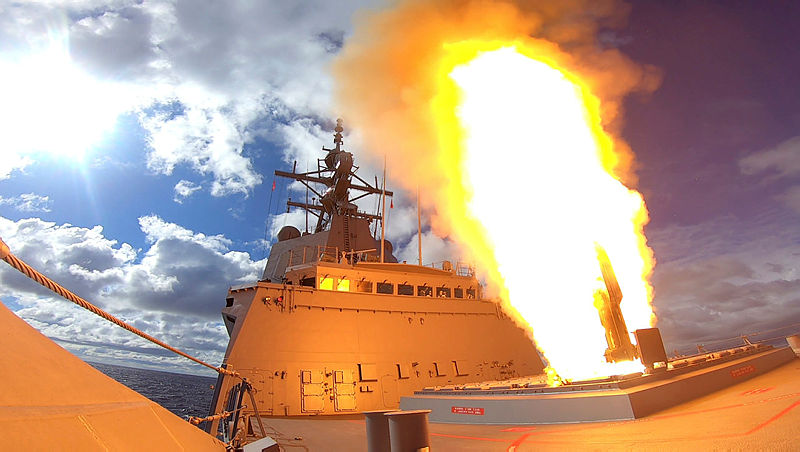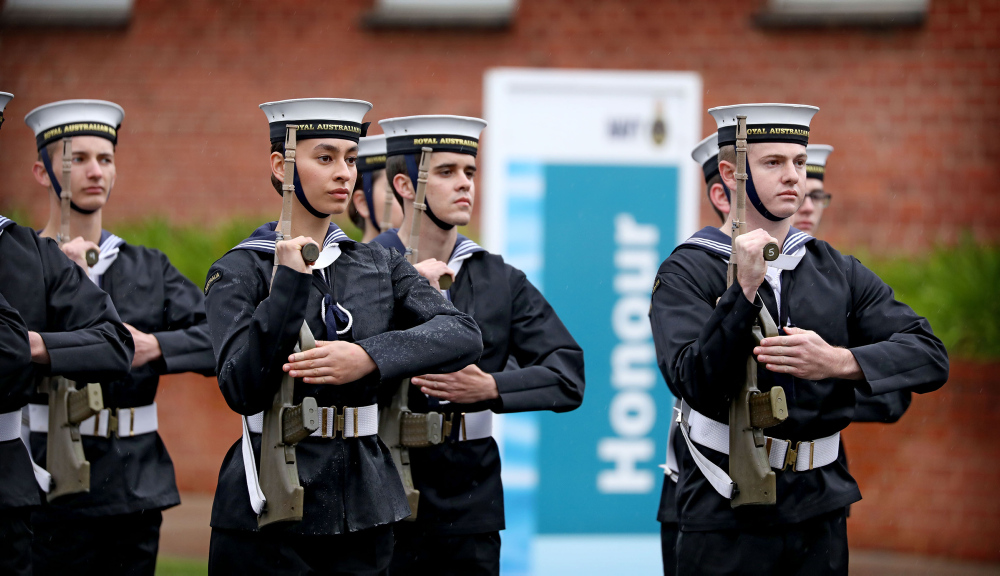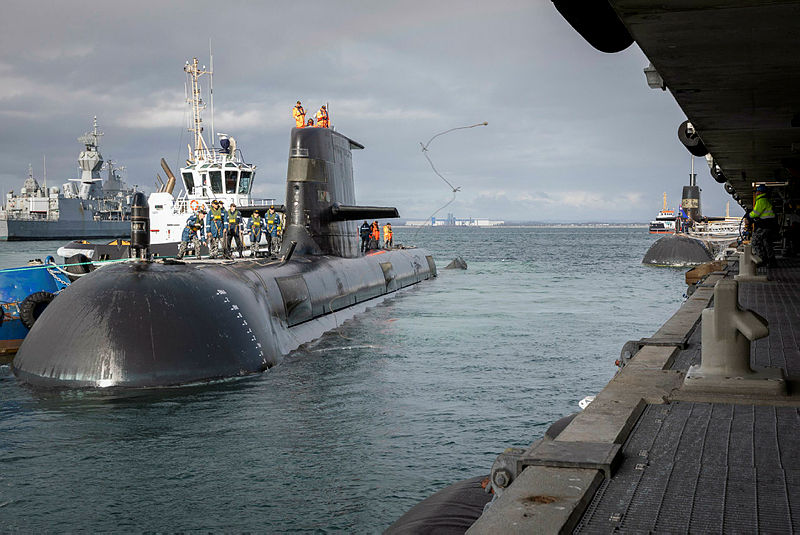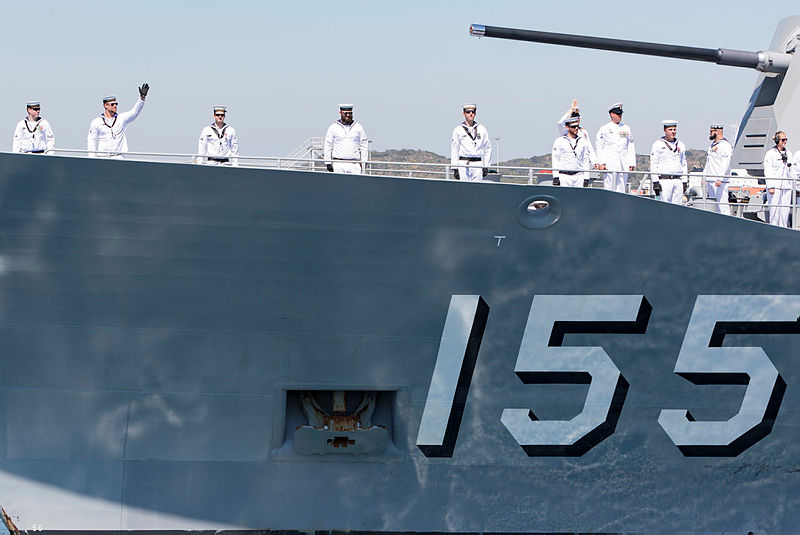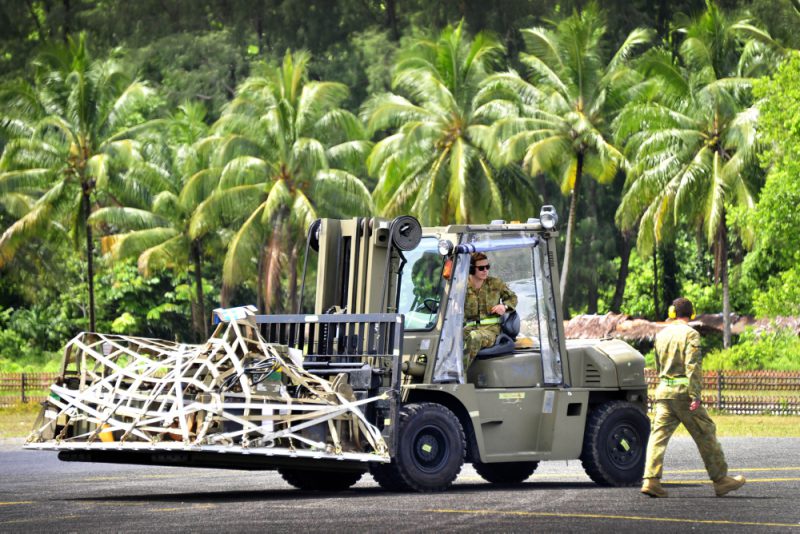Australia’s future submarine: the best Plan B is to make Plan A work
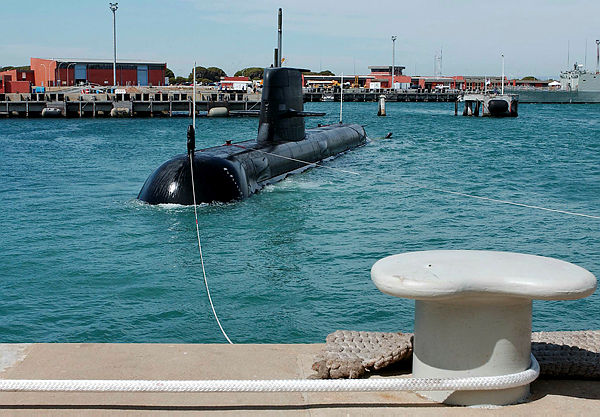
At this stage of Australia’s future submarine project, there is absolutely zero chance of the government adopting a Plan B.
Realistically, I doubt that the government—or the opposition if by some alternate miracle they were the government today—would reverse course on the submarine project now.
That’s because Plan A—the plan we have now—was the best outcome available from a set of limited and somewhat difficult options.
In 2016, and still today, we do not have a realistic option to go for nuclear propulsion. Not without a decade-long investment to build the nuclear engineering, infrastructure, safety and operating experience the Navy would need.
In 2016, and still today in my view, the US Navy is not going to sell, lease or give us Los Angeles–class attack submarines. The Americans would rightly want to see massive Australian investment in building the skills to operate such boats. Right now they don’t think we could do it, and they won’t hand over the crown jewels, even after 100 years of mateship.
In 2016, and still today, there is simply no point in us looking at the smaller conventional submarines operated by other navies—because of our need for range. Our geography isn’t going to change. We do not have the option of protecting Wollongong from an attacking force from Newcastle.
The defence of Australia starts in maritime Southeast Asia, and if we are going to defend our interests against the aggressive sea power building in the region, we will need to project our military force as far forward as we can.
And finally, in 2016 and still today, there is little point in us investing in a lower capability submarine that would not be able to operate in high-threat environments.
Bringing a Chihuahua to a Rottweiler convention will not end well.
So, we are in our current situation for mostly logical reasons.
I’m not being complacent, just realistic. This is not an ideal world and there are good reasons to be concerned about some aspects of the submarine program.
Most obvious is the growing gap between our need to strengthen the deterrent capability of Defence today and the agonisingly slow time frame to get the future submarine into the water.
Second, there is a clear problem about finding the workforce we will need to build and maintain the future submarine and to keep the current Collins submarines going for 10 to 15 more years.
Third, I do not see a clear development pathway ensuring the future submarine can operate as a drone mothership. That is the likely future role for all large submarines.
Last, it’s clear that a national crisis of confidence has settled over the future submarine program.
That takes me back, sadly, to almost 25 years ago when I was chief of staff to the first defence minister in the Howard government, Ian McLachlan. Many will remember the damage that was done to the reputation of the Collins-class submarine—the so-called dud sub that sounded like a rock band underwater. Thanks to a huge amount of work, the Collins was put right and it is, in my view, the best conventional submarine in operation today.
But reputational damage of this type sticks. Governments become uncertain about what decisions to make and about how to carry the project forward.
So, what would I do if I was advising the government on the future submarine?
I would say that the best Plan B is to make Plan A work.
First, the government must start explaining the project in a way that it has simply not yet done.
We are spending billions on the biggest national infrastructure project in Australian history, not to sustain an industrial base in Adelaide, but rather to give us the strongest navy we can get in the face of a tough strategic outlook getting worse by the day.
We are doing this to be the strongest ally we can be to the US in what is likely to be a collective defence endeavour. We are doing this in such a way that builds sovereign strength in Australia so that we can keep operating in circumstances where other partners may be too pressed to help.
I have said this many times before: you can’t run a project of this scale as though it is a secret, black project, kept off the books. I know that runs contrary to the instincts of many in Defence, but ‘Run Silent, Run Deep’ is not how to win over a sceptical public.
Second, we need some certainty on and investment into the life-of-type extension for the Collins-class submarines. I see no alternative other than a major investment upgrade for all six boats. This will give us a superior submarine capability in the relative short term.
Again, there is a precedent. When Brendan Nelson was defence minister, he made a judgement call that rather surprised Defence on the need to acquire Super Hornet aircraft as a gap filler between the retirement of the Classic Hornets and the arrival of the F-35s.
It was a controversial decision at the time, but absolutely the right call, and indeed the Super Hornet has emerged as not just a gap filler but an essential part of our air-combat capability into the future. We are very close now to needing a Super Hornet moment for the Collins submarines.
Third, we need to think harder about how to manage our relationship with France.
This must be crafted as a strategic partnership, not a purchaser–contractor relationship. There are differences of cultural perception that must be addressed.
I strongly support Defence Minister Linda Reynolds’s plan to meet quarterly with her French counterpart, Florence Parly, over the rest of this year, and I hope for coming years as well. A strategic relationship needs to be run at the topmost levels of government, not in a departmental project office.
Finally, I want to see some opportunities for lateral thinking created to explore our own and allied development of undersea drones, smart mines and other technology which will be the guts of future undersea warfare capability. In other words, the boat must have weapons. What’s the plan for those?
Overall, I think Plan A can be made to work.
Above all, let’s stay calm. There is no point panicking about the word ‘risk’.
Looking forward, I see nothing but more risk. We need to own that risk creatively and explain it better to our people.


